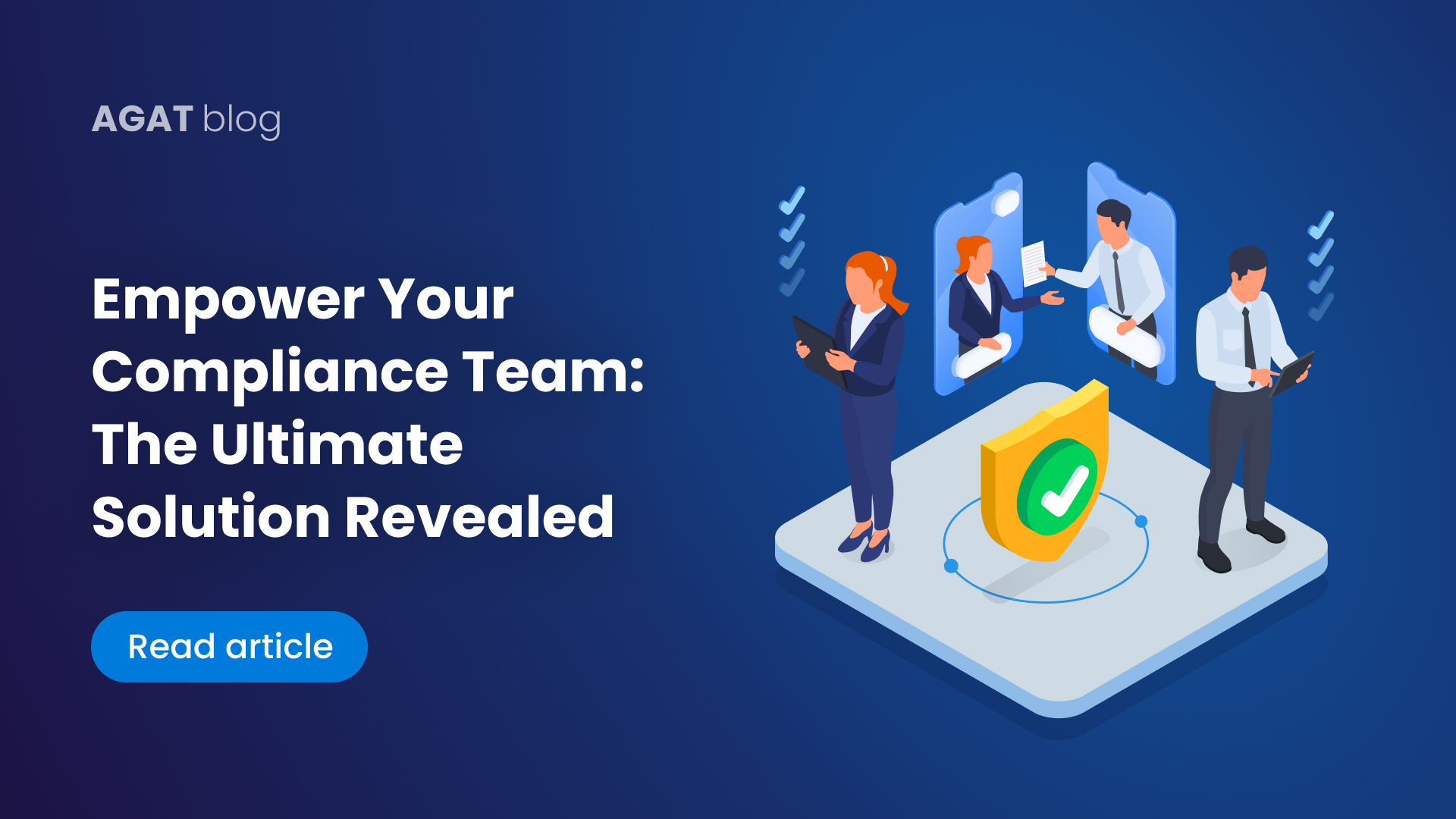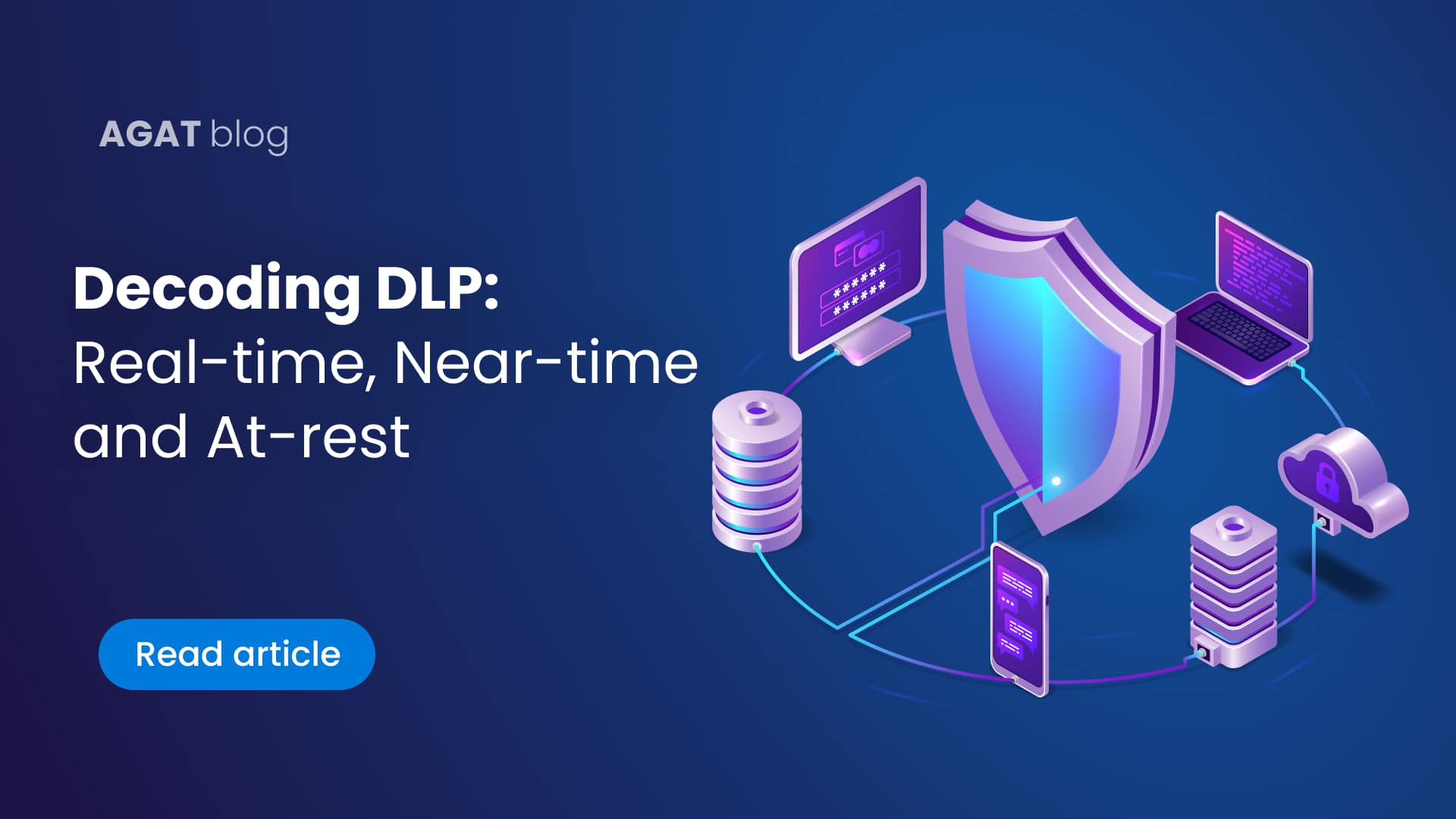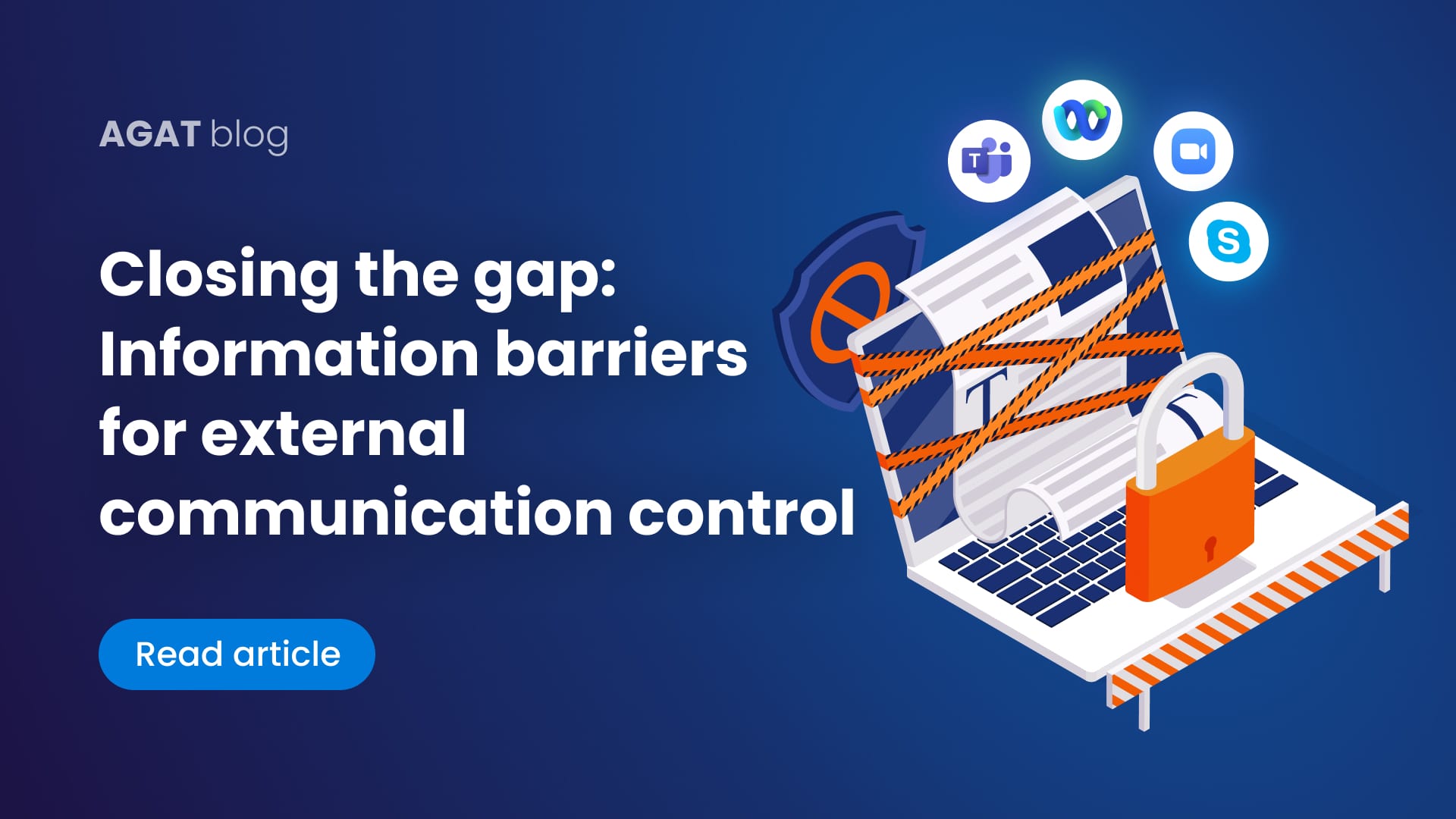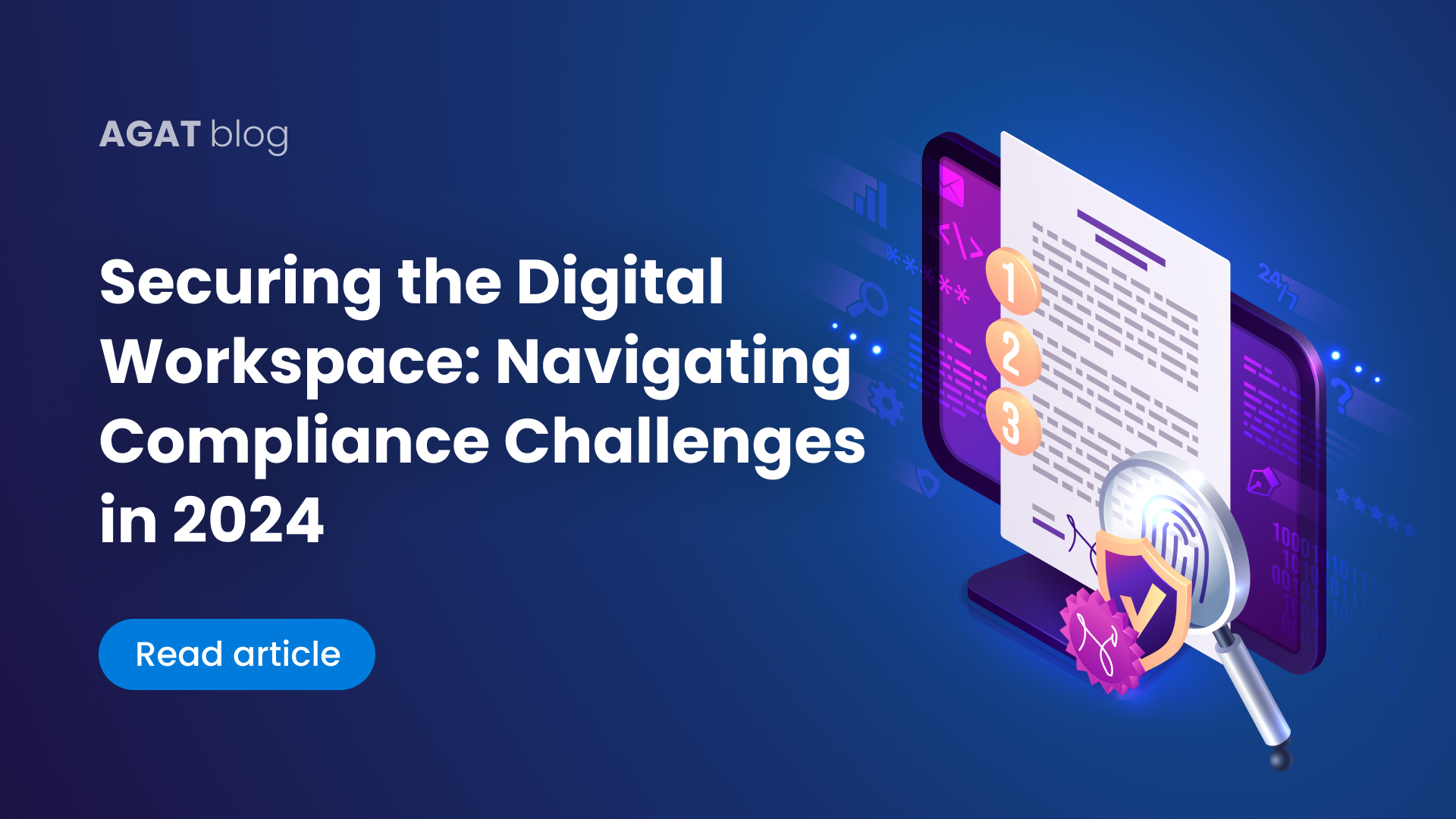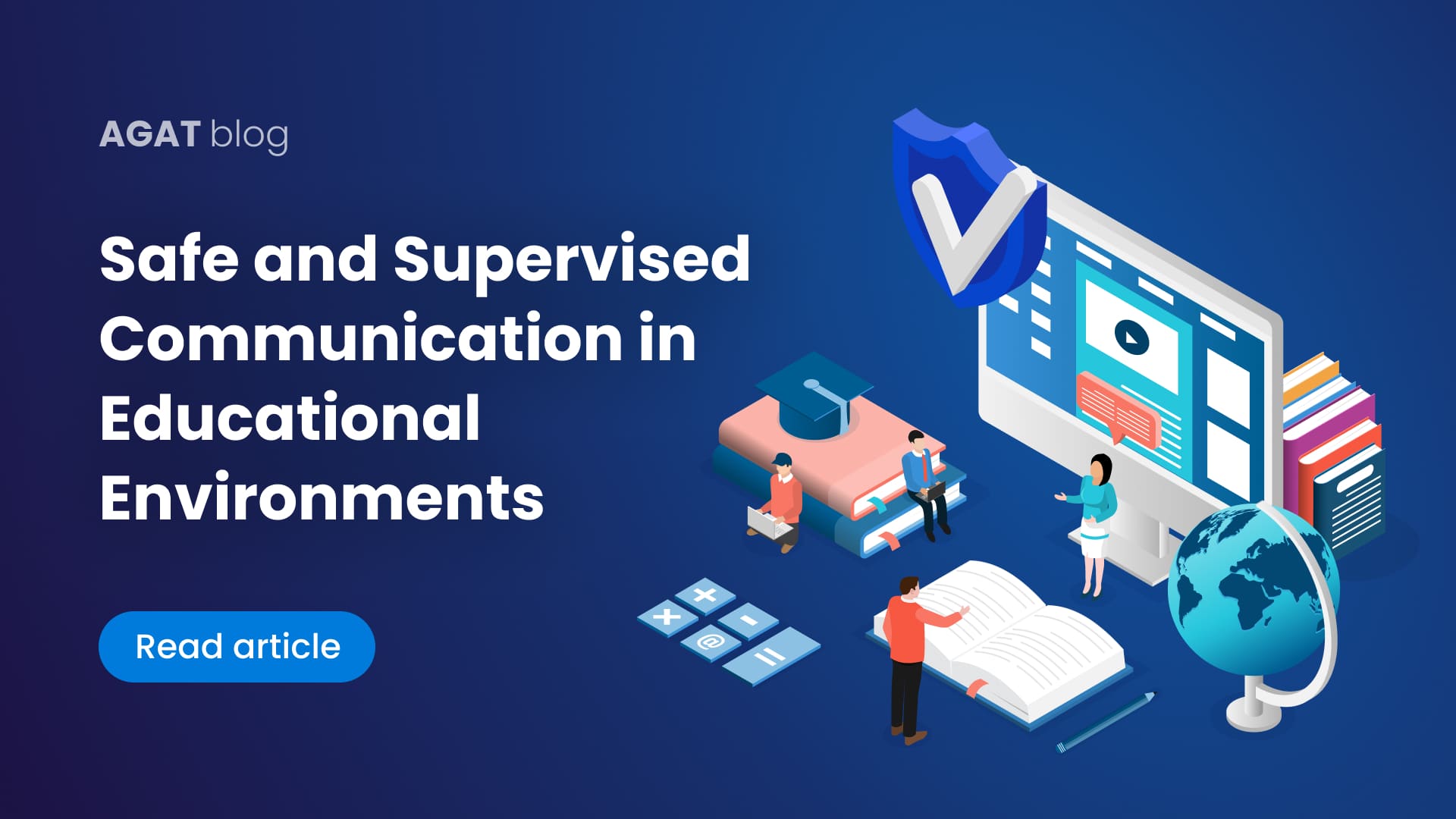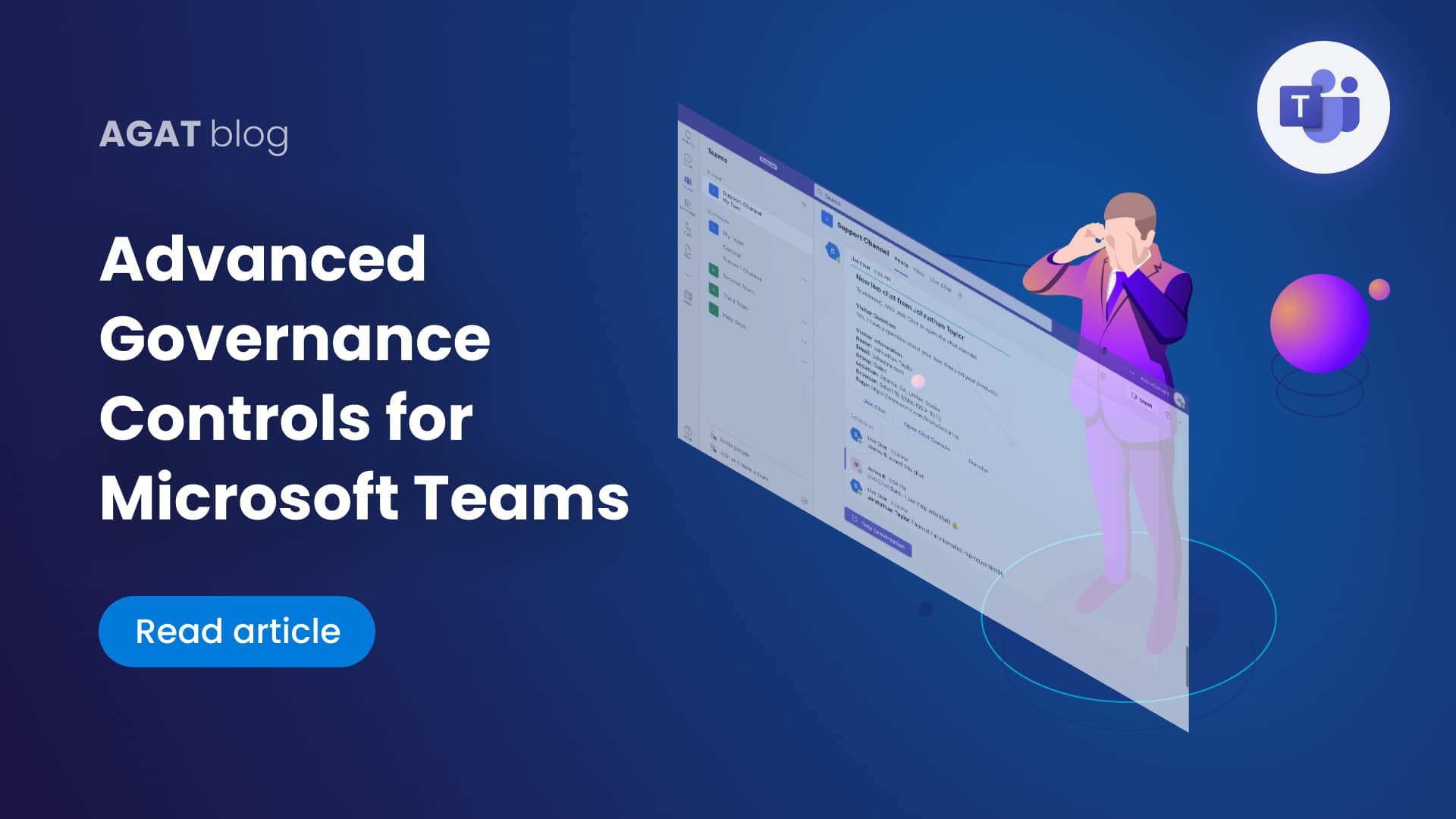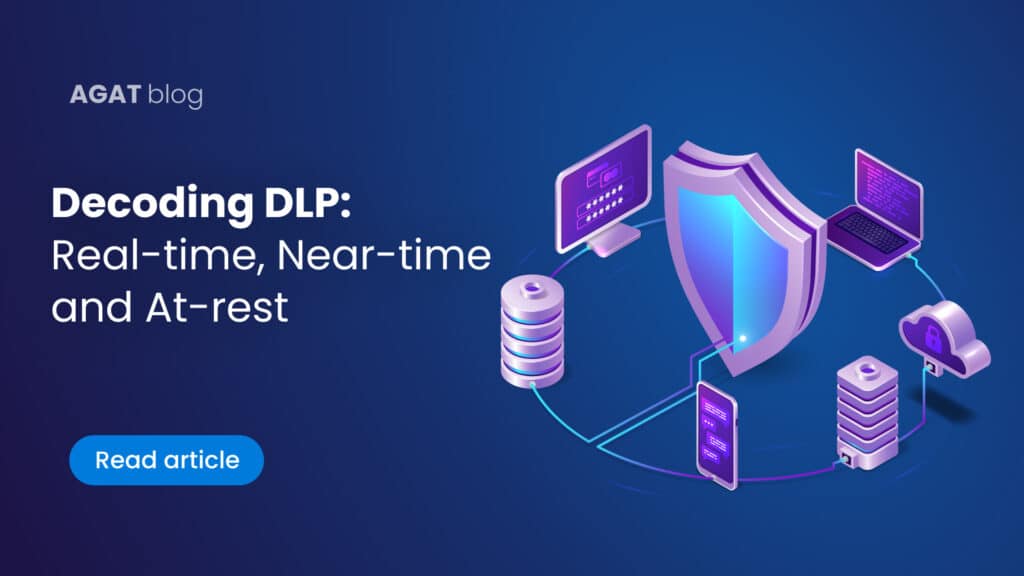
In today’s digital landscape, data has become one of the most valuable assets for organizations worldwide. With the proliferation of cyber threats and the increasing regulatory requirements for data protection, safeguarding sensitive information has never been more critical. This is where Data Loss Prevention (DLP) comes into play. DLP encompasses a set of tools, policies, and processes designed to prevent the unauthorized access, transfer, or exposure of sensitive data.
There are three primary types of DLP solutions: Real-time DLP, Near-real time, and At-rest DLP. Each type serves a distinct purpose and plays a crucial role in ensuring comprehensive data protection across various environments.
Distinguishing between real-time, near-time, and at-rest implementations is essential for devising effective security strategies. Each approach offers distinct advantages and addresses different stages of data processing and storage. Let’s delve into these differences and underscore the significance of real-time DLP, especially in the context of unified communication platforms like Teams and Webex.
Real-Time, Near-Time, and At-Rest DLP: Explained
Real-Time DLP:
Real-time DLP operates instantaneously, analyzing data as it flows across networks or endpoints. This proactive approach enables immediate detection and prevention of unauthorized data transfers or leaks, mitigating potential security breaches in real-time. By continuously monitoring data in motion, real-time DLP provides swift responses to security incidents, bolstering the organization’s defence against evolving threats.
Near-Time DLP:
Near-time DLP, sometimes referred to as near real-time, involves the analysis of data with minimal delay after its creation or transmission. While not as immediate as real-time DLP, near-time DLP still offers timely detection and response capabilities, allowing organizations to identify and mitigate security risks shortly after they occur. Near-time DLP strikes a balance between real-time monitoring and processing efficiency, providing effective protection against data breaches without imposing significant overhead.
At-Rest DLP:
At-rest DLP focuses on safeguarding data that is stored or inactive. This approach involves scanning and securing data repositories, endpoints, and cloud storage to prevent unauthorized access or manipulation of sensitive information. At-rest DLP applies encryption, access controls, and data classification to ensure that stored data remains protected from external threats and insider risks.
The Importance of Real-Time DLP
Unified communication platforms like Microsoft Teams and Cisco Webex thrive on instant collaboration and information exchange. In such dynamic environments, real-time DLP emerges as a cornerstone of data security. Here’s why:
Immediate Threat Mitigation:
Real-time DLP enables organizations to swiftly detect and respond to security incidents as they unfold. By intercepting unauthorized data transfers or leaks in real time, organizations can prevent data breaches before they escalate, minimizing potential damages and mitigating risks to sensitive information.
Continuous Monitoring:
With real-time DLP, organizations benefit from continuous monitoring of data in motion across networks, endpoints, and cloud environments. This persistent surveillance ensures comprehensive coverage and visibility into data activities, allowing organizations to stay ahead of emerging threats and enforce data protection policies effectively.
Enhanced Compliance:
Real-time DLP helps organizations maintain compliance with regulatory requirements by enforcing data security policies in real time. By monitoring and controlling data flows, organizations can demonstrate adherence to data protection standards and mitigate the risk of compliance violations, protecting their reputation and avoiding costly penalties.
Conclusion
In conclusion, Data Loss Prevention (DLP) plays a vital role in safeguarding sensitive data across network, endpoint, and cloud environments. By implementing comprehensive DLP solutions, organizations can protect their valuable assets, mitigate the risks of data breaches, and ensure compliance with regulatory requirements. In the context of unified communication platforms like Microsoft Teams and Cisco Webex, DLP becomes even more critical, helping organizations maintain confidentiality, integrity, and availability of data in today’s interconnected and collaborative business landscape.
























